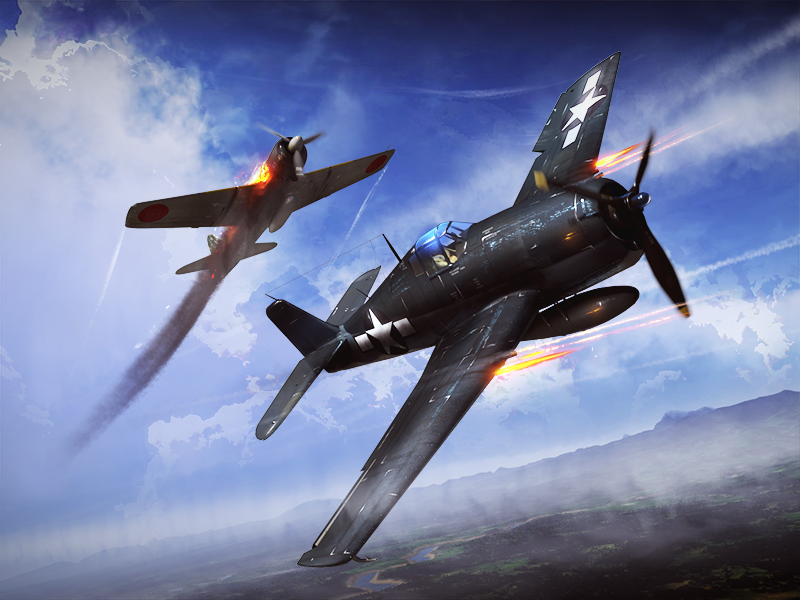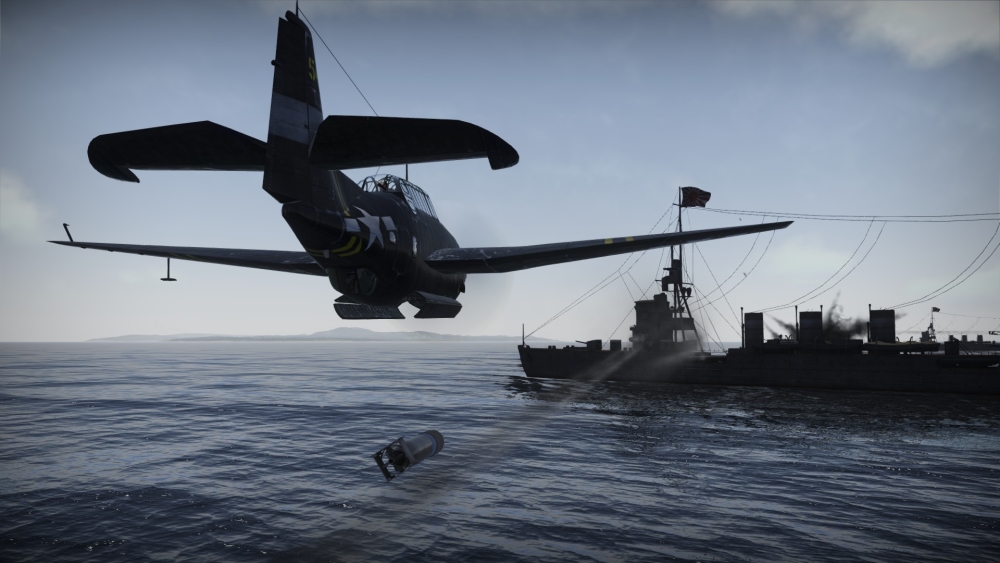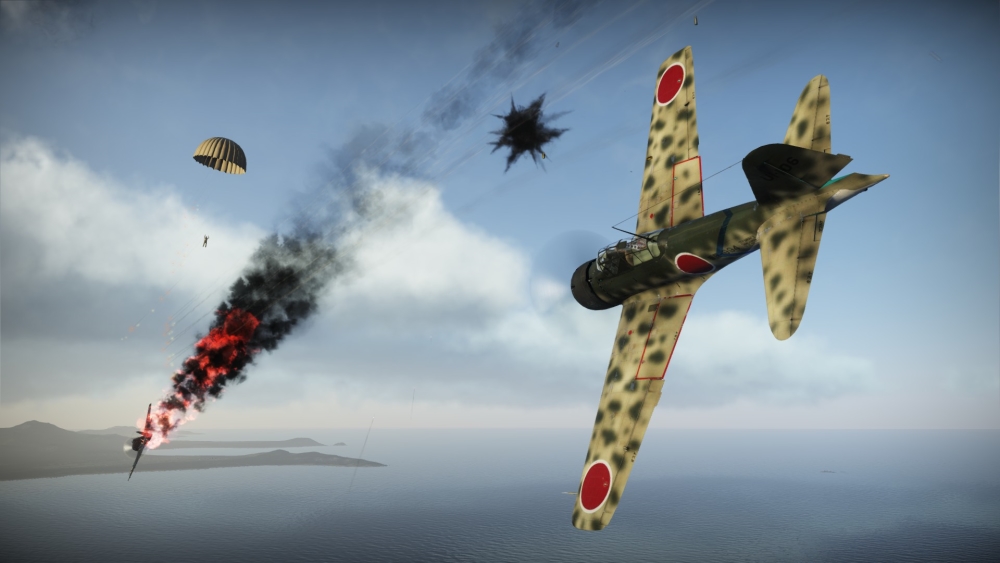
- For PC
- For MAC
- For Linux
- OS: Windows 7 SP1/8/10 (64 bit)
- Processor: Dual-Core 2.2 GHz
- Memory: 4GB
- Video Card: DirectX 10.1 level video card: AMD Radeon 77XX / NVIDIA GeForce GTX 660. The minimum supported resolution for the game is 720p.
- Network: Broadband Internet connection
- Hard Drive: 17 GB
- OS: Windows 10/11 (64 bit)
- Processor: Intel Core i5 or Ryzen 5 3600 and better
- Memory: 16 GB and more
- Video Card: DirectX 11 level video card or higher and drivers: Nvidia GeForce 1060 and higher, Radeon RX 570 and higher
- Network: Broadband Internet connection
- Hard Drive: 95 GB
- OS: Mac OS Big Sur 11.0 or newer
- Processor: Core i5, minimum 2.2GHz (Intel Xeon is not supported)
- Memory: 6 GB
- Video Card: Intel Iris Pro 5200 (Mac), or analog from AMD/Nvidia for Mac. Minimum supported resolution for the game is 720p with Metal support.
- Network: Broadband Internet connection
- Hard Drive: 17 GB
- OS: Mac OS Big Sur 11.0 or newer
- Processor: Core i7 (Intel Xeon is not supported)
- Memory: 8 GB
- Video Card: Radeon Vega II or higher with Metal support.
- Network: Broadband Internet connection
- Hard Drive: 95 GB
- OS: Most modern 64bit Linux distributions
- Processor: Dual-Core 2.4 GHz
- Memory: 4 GB
- Video Card: NVIDIA 660 with latest proprietary drivers (not older than 6 months) / similar AMD with latest proprietary drivers (not older than 6 months; the minimum supported resolution for the game is 720p) with Vulkan support.
- Network: Broadband Internet connection
- Hard Drive: 17 GB
- OS: Ubuntu 20.04 64bit
- Processor: Intel Core i7
- Memory: 16 GB
- Video Card: NVIDIA 1060 with latest proprietary drivers (not older than 6 months) / similar AMD (Radeon RX 570) with latest proprietary drivers (not older than 6 months) with Vulkan support.
- Network: Broadband Internet connection
- Hard Drive: 95 GB

From 10.00 GMT on 15th of June until 10.00 GMT on 16th of June
The '[Operation] Saipan' special event for Realistic Battles will be available
where you will earn additional 20% of both Research Points and Silver Lions!
Additionally, you can profit from
20% discount on the conversion of convertible RP for USA, Japan
Saipan was 72 square miles of jagged volcanic rock, ridges, fissures, mountains and cliffs, but nobody was prepared for the carnage that was the subterranean battlefield in Saipan's caves.
 |
As the first wave of LSTs and LVTs made for the beaches of Saipan, it was only 8:30 in the morning on the 15th of June. The Japanese waited patiently having endured two days of bombardment from over 20 USN ships, ranging from battleships to destroyers. The 43rd Division of the IJA under General Yoshitsugu Saito held themselves ready to meet the assaulting 2nd and 4th Marine divisions.
The first assault wave was a mixed force of the latest model Amtracs equipped with a rear facing ramp. These armored amphibian tractors, LVT-4s and LVT-4(A)s which were equipped with 3-inch howitzers, would go ashore first. The LVTs could with great difficulty cross the reef, but the the LSTs and small landing craft were unable to penetrate the natural barrier and advance until a channel would be discovered.
When the LVT(A)s and troop-carrying LVTs reached the reef, the Japanese opened up with every gun available. A great fusillade of fire erupted around the landing vehicles, the hail of fire was extraordinary. The carefully planned and orchestrated artillery barrage from the IJA artillery units was so great that some observers believed the reef had been mined. Through this barrage, the first and second waves of LVTs pushed taking their cargo of Marines directly to the shoreline. Of the 719 LVTs taking part in the assault only 20 would be lost while at sea, the greatest threat would come on the beaches and the fringe of jungle lining the beaches.
 |
As the Marines stormed ashore, murderous fire from hidden machine guns and mortars tore into the exposed men. Strong currents inside the reef had dispersed Marine units across the landing beaches which allowed a crucial gap to appear between the 2nd and 4th Marine Divisions. This would cause a great deal of problems in coordination and supply. Later in the day several Sherman tanks made it ashore, but these arrived too late and could not force their way out of the beachhead on the 15th of June. By the end of the day, the Marines had with some 20,000 men on the beaches and had pushed around 500 yards inland. In some places they had established a foothold, but in doing so, had sustained nearly 2,000 casualties.
The night would bring no respite, the Japanese Army made numerous counterattacks. One of these, shortly after the landing, included the first armored assault the Marines of the 6th division had ever experienced. Around 40 Japanese medium and light tanks accompanied by 2,000 infantry attacked through the darkness toward the beach. The 1st Bn, 6th Marines were the focus of the assault, but the Marines stood their ground with the help of illumination from star shells fired from the ships out beyond the reef. Night turned to day and US M4 and M3 tanks, bazookas, artillery and naval gunfire destroyed the Japanese tank battalion as well as the supporting infantry units.
The morning of the 16th brought the landing of the US 27th Division Infantry, now with a secure beachhead and logistics base. The advance on Aslito Airfield could begin, which was the final blow to General Saito. The fall of Saipan was now inevitable and the United States had taken a hold of one of the core Japanese islands crucial for the defense of Japan. Just months after the capture of Saipan, US B-29s would take off from Isley Air Base and strike at the heart of the Empire.
Download the skins featured in the article here:
TBM-3E, VMTB-132 skin by MajorDSaster
A6M3 hasty green camo skin by Satomas
The War Thunder Team



